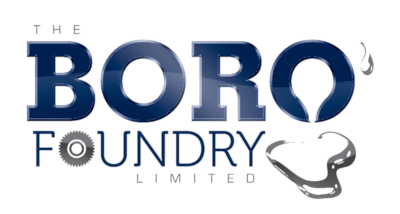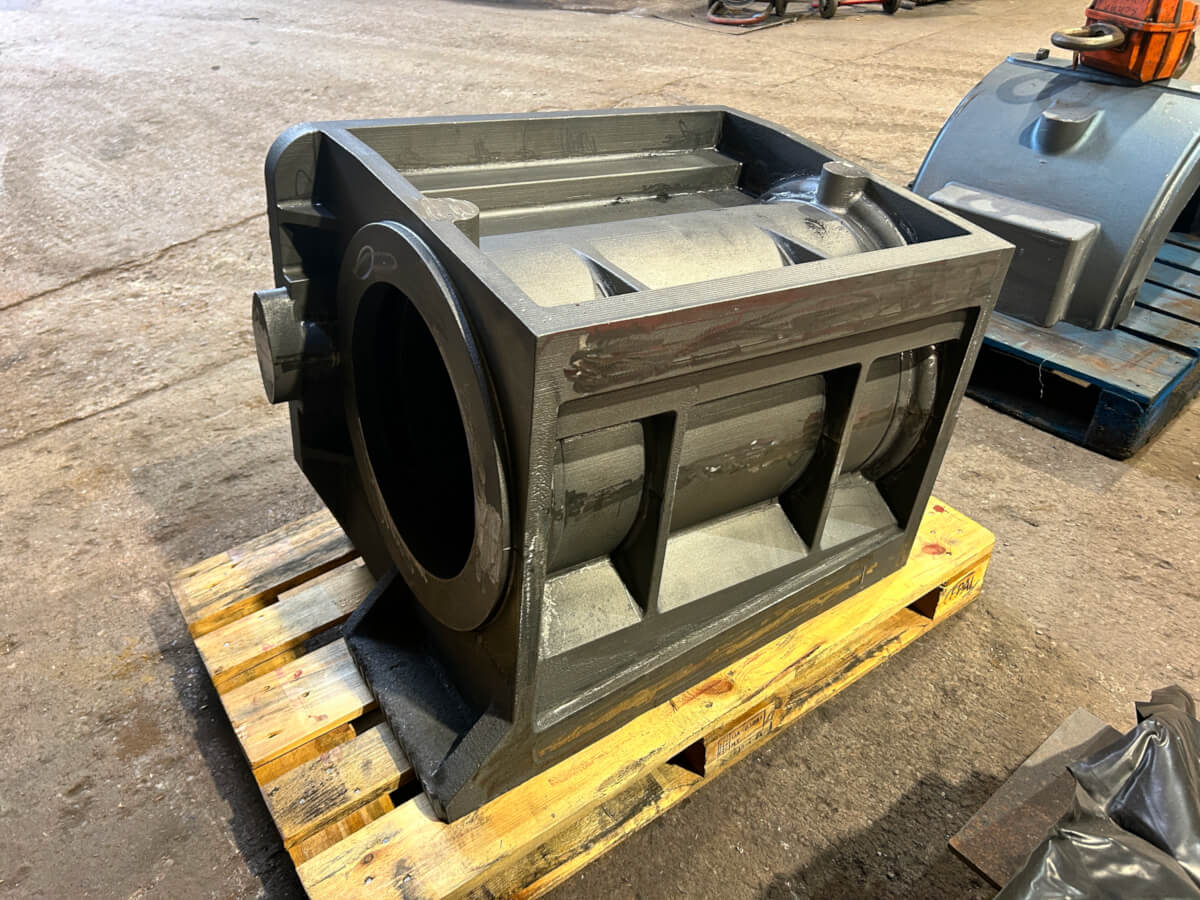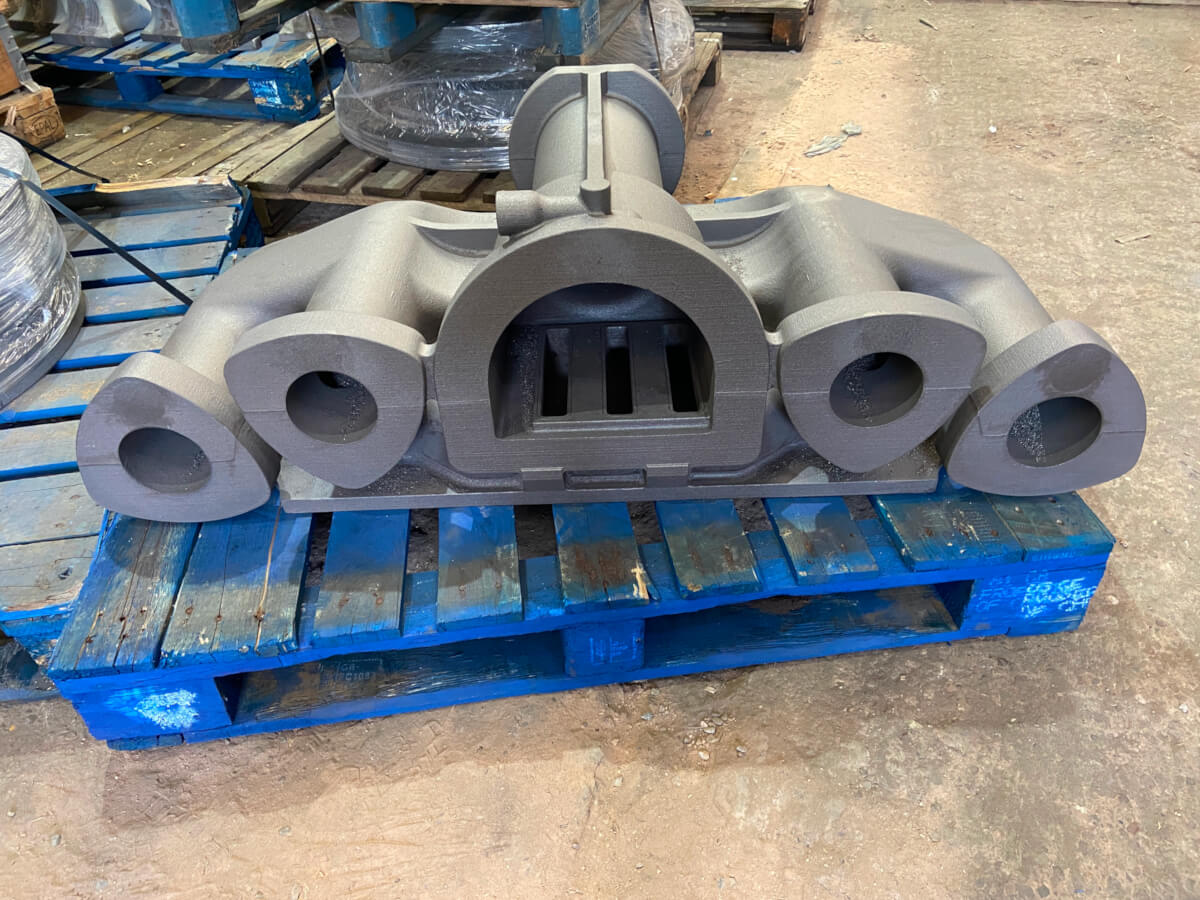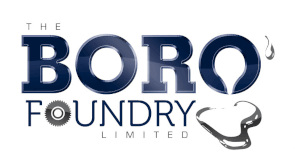Innovation Meets Tradition in Steam Locomotive Restoration
Boro Foundry is widely recognised for its innovative approach to steam locomotive castings, helping preserve the integrity and performance of some of Britain’s most iconic engineering marvels. We work closely with heritage railways, museums and restoration engineers to deliver complex, high-accuracy castings using both traditional techniques and cutting-edge technology.
Reverse Engineering Heritage Components
In many restoration projects, no original drawing exists — often just a worn or broken casting remains. That’s no obstacle for our team. We collaborate with engineering departments to reverse engineer components, produce detailed drawings, and replicate parts that match the original both structurally and visually.
From one-off reproduction parts to complex assemblies, we understand the technical challenges associated with locomotive preservation — especially when there’s only one chance to get it right.
Advanced Techniques: 3D Sand Printing & Lost Foam
To solve these challenges, we use advanced manufacturing methods such as:
3D sand printing
Allows us to create mould packs with improved accuracy, faster lead times, and up to 50% cost savings compared to traditional patternmaking.
Lost foam patterning
Ideal for one-off components, using polystyrene tooling to reduce pattern costs and eliminate the need for long-term storage.
These methods are perfect for heritage castings that may only need to be reproduced once every several decades.
Chimneys & One-Off Components
We’ve also produced numerous chimney castings for locomotives, often using lost foam or polystyrene patterns to save costs. These methods are ideal when parts are infrequently required, offering flexibility without the overhead of traditional pattern equipment.
Case Studies
Superheater Head Casting
The superheater head is a critical part that raises the boiler temperature and links to 56 internal boiler tubes. Casting it posed a major challenge — as each individual core had to remain perfectly in position, or the entire component would be scrapped. Boring the holes afterwards was not an option, as they were structurally integral during casting.
Using additive manufacturing, we achieved the required precision, reduced mould assembly time by two days, and ensured casting integrity — all while delivering cost savings to the customer.
UK’s First 3D-Printed Steam Cylinder
A heritage railway customer needed to replace a 1.5-tonne steam cylinder after decades of service failure. Using 3D sand printing, we created what we believe to be the first-ever UK steam locomotive cylinder cast using this method. From reverse engineering the original to delivering the finished, machined component, we managed the entire project — and helped the client achieve a 47% cost saving on pattern work.
FREQUENTLY ASKED QUESTIONS
Can you reproduce steam locomotive parts if no original drawings exist?
Yes. Many heritage projects only provide us with a worn or broken casting. We use reverse engineering techniques to create accurate drawings and replicate the part with full structural integrity.
What casting methods do you use for heritage railway components?
We combine traditional foundry skills with modern techniques such as 3D sand printing and lost foam (polystyrene) patterns. These approaches improve accuracy, reduce lead times, and often save costs compared to conventional patternmaking.
Do you handle one-off or rare locomotive castings?
Absolutely. Many steam locomotive projects require single components that may not be reproduced again for decades. We specialise in one-off and small-batch production, ensuring authenticity and quality in every casting.
What are some examples of complex steam castings you’ve delivered?
We’ve produced superheater head castings with 56 integrated cores, a 1.5-tonne steam cylinder (believed to be the first of its kind in the UK made via 3D sand printing), and numerous chimney castings for heritage locomotives.
How do you ensure accuracy and quality in restoration parts?
Our in-house methoding engineers and casting simulation software help predict and resolve challenges before pouring. This ensures we get it right first time — critical when working on irreplaceable heritage components.








